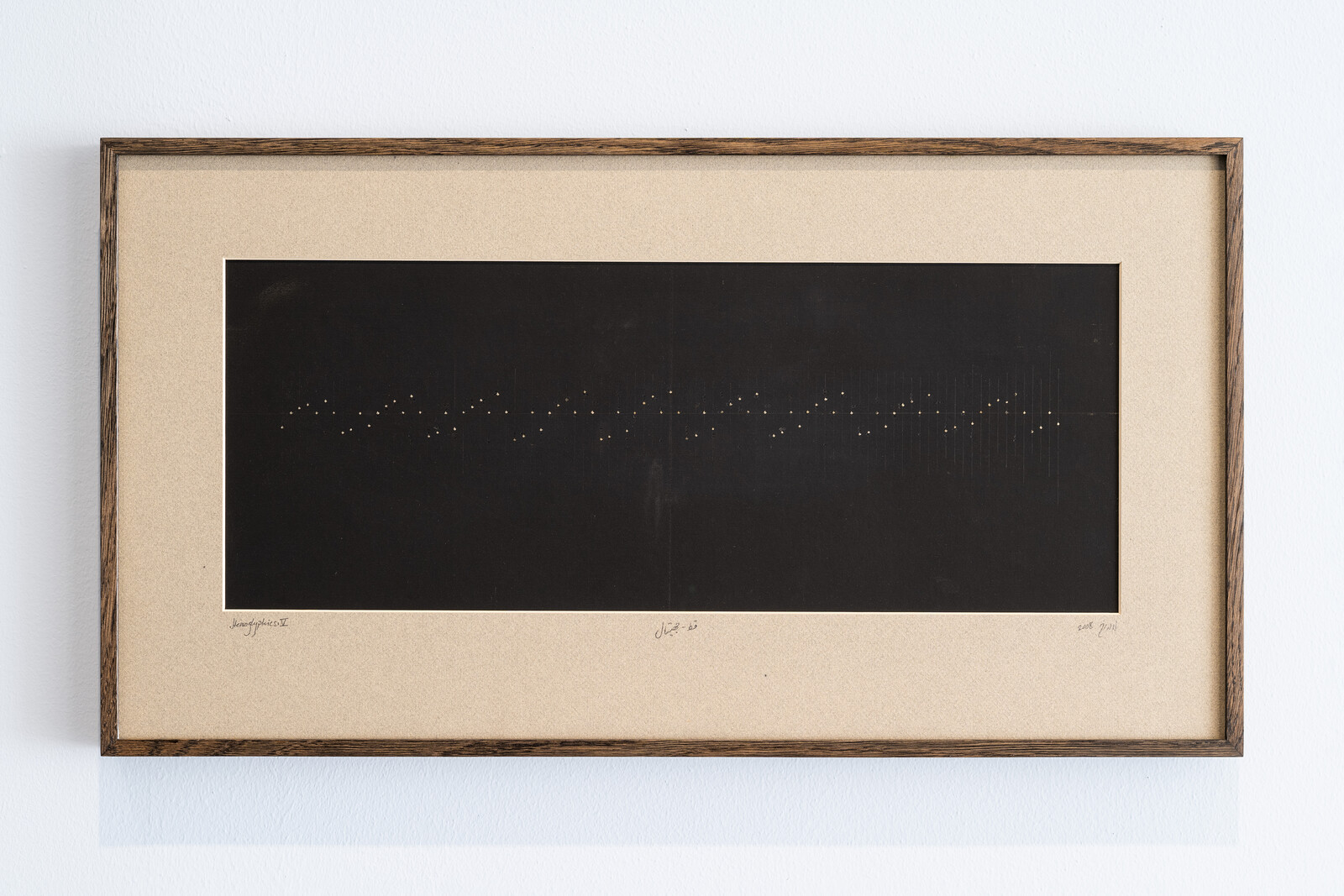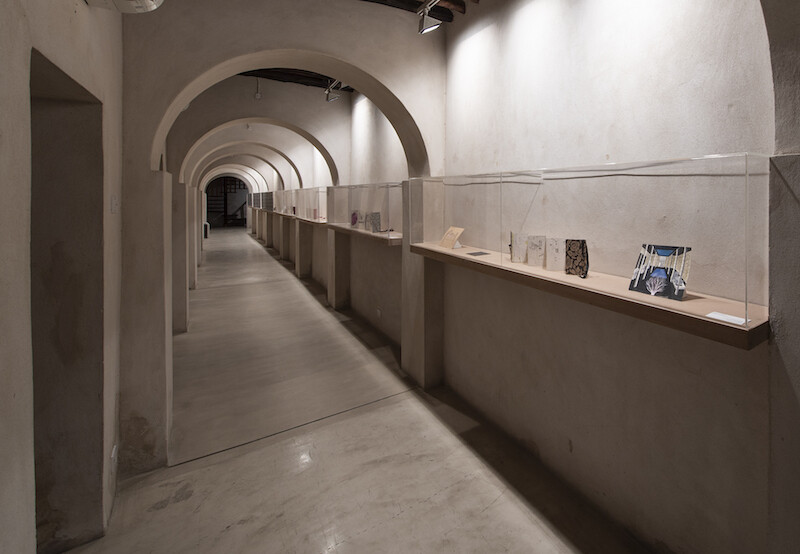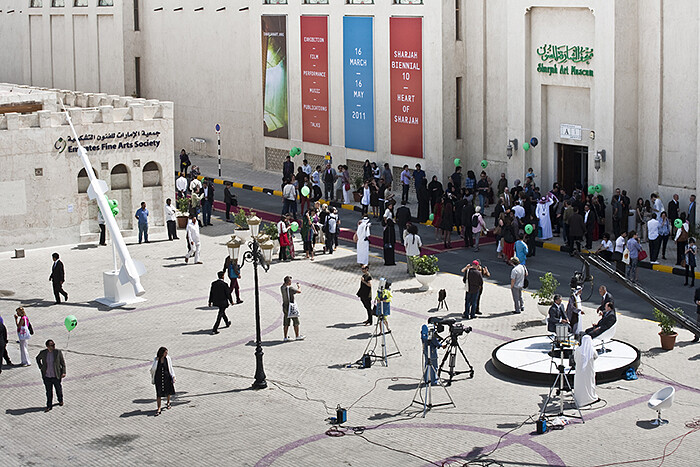Categories
Subjects
Authors
Artists
Venues
Locations
Calendar
Filter
Done
June 14, 2024 – Review
Lala Rukh’s “In the Round”
Murtaza Vali

Widely recognized as a committed activist and an influential educator and mentor, Lala Rukh, who passed away at the age of 69 in 2017, was notoriously reticent about sharing her own art practice, its rigorous conceptualism, minimalist precision, and commitment to drawing placing her firmly at odds with prevailing trends in Pakistan. As the first major retrospective of her work, “In the Round” attempts to reconcile the fiercely embodied immanence of her politics and pedagogy and the transcendence of her art, which approaches the mystical through breathtaking formal economy.
Lala co-founded the Women’s Action Forum in 1981, a grassroots feminist organization established to challenge misogynist laws and policies introduced by the military dictatorship of Muhammad Zia-ul-Haq. This, and Lala’s other political activism, is presented at Sharjah Art Foundation through extensive archival displays that include photographs and videos from protests and conferences, testimonies from comrades, students, and friends, posters Lala designed and produced herself, and a screen-printing manual for activists (titled In our own Backyard) that she published in 1987 to counter the regime’s ban on independent printing presses. As the leader of a novel Master’s program at Lahore’s National College of Arts, Lala also introduced a curriculum that encouraged experimentation …
January 8, 2019 – Review
Amal Kenawy’s “Frozen Memory”
Ania Szremski

By the time I knew her in 2009, before her death in 2012, at only 37, Amal Kenawy seemed to gleam with elite art world prestige, the kind that one assumes would protect against forgetting. The Egyptian artist’s darkly eerie, fungible, genre-defying productions were shown in major exhibitions and biennials around the world, and now, a retrospective at the Sharjah Art Foundation (SAF), “Frozen Memory,” seems to attest to the continued endurance of her legacy. Co-curated by SAF’s director Hoor Al Qasimi and Suha Shoman, the executor of the artist’s estate, the exhibition brings together Kenawy’s major works: 11 videos, several paintings and drawings, together with volumes of archival material, from notebooks to sketches to funding proposals, spread out among the many chambers that wrap around the two-story courtyard of the Bait Al Serkal.
The show is presented non-chronologically, opening with one of Kenawy’s late pieces, the one most often shown abroad: the controversial Silence of the Sheep (2009), her first (and only) performance in public space. Silence of the Sheep saw Kenawy lead a group of a dozen people (artists and friends, but also day laborers hired for the job) as they crawled through the streets of downtown Cairo. The …
March 24, 2011 – Review
Sharjah Biennial: 10 Plot for a Biennial (16 March-16 May, 2011) and Art Dubai (16-19 March, 2011)
November Paynter

There are few occasions in the art world calendar where a commercial fair and a biennial are as closely aligned in time and space as the Sharjah Biennial and Art Dubai. March 16th saw the tenth edition of the Sharjah Biennial titled “Plot for a Biennial”—curated by Suzanne Cotter and Rasha Salti with Associate Curator Haig Aivazian—open to a busy international crowd, many of whom would shift emirates that very evening to attend the opening of an event half its age with a very different agenda: Art Dubai. With the 10th Sharjah Biennial involving in excess of 80 artists and other cultural actors, it was no coincidence that many were also represented at the fair.
Treating the Sharjah Biennial as a script for a film—”replete with plot and characters”—and a series of key themes, Cotter, Salti and Aivazian opened the floor to film-makers, writers and performers, as well as artists. Suggestions for characters and scenes could be sourced within various art works throughout the biennial, but the rhythm of an accumulating plot was less forthcoming. As in previous renditions of this biennial, and largely due to the layout of the museum and peripheral venues, many of the installations occupy very separate …